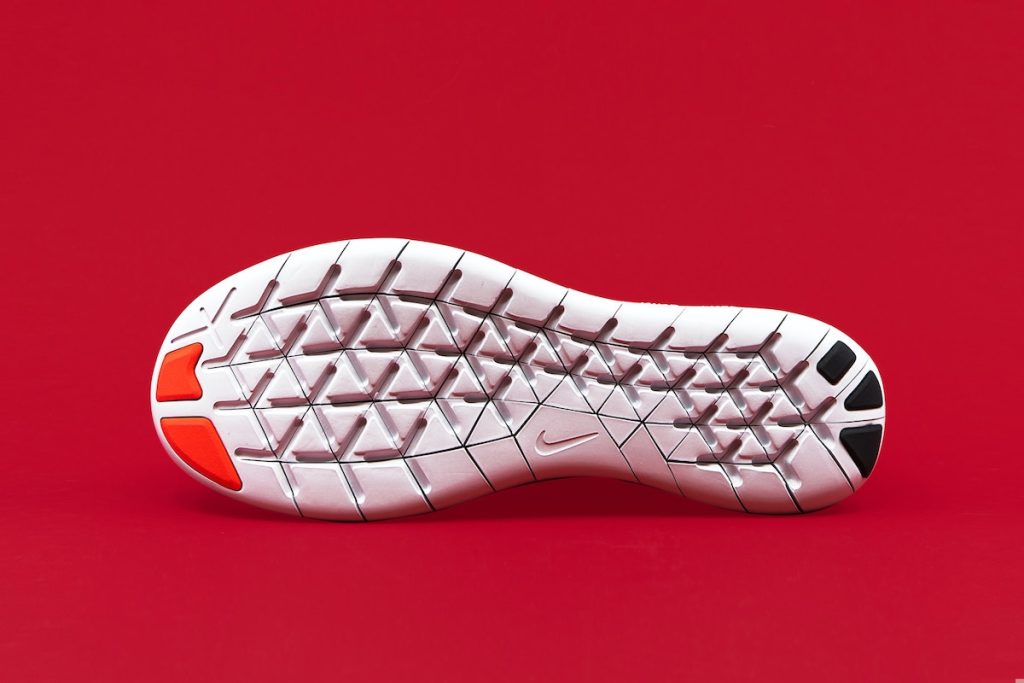When it comes to sports, having the right gear is essential to performing well and avoiding injury. One of the most important pieces of gear for any athlete is their shoes. Sports shoes not only protect your feet from impact and injuries, but they can also help you move more efficiently and comfortably. In this article, we will discuss some tips for choosing supportive shoes for sports.
1. Know Your Foot Type
Before you start shopping for sports shoes, it’s important to know your foot type. There are three basic types of feet: flat feet, high arches, and neutral arches. Flat feet have little or no arch, while high arches have a very noticeable arch. Neutral arches fall somewhere in between.
Knowing your foot type is important because it will help you find a shoe that offers the right amount of support. People with flat feet tend to overpronate, meaning their feet roll inward when they walk or run. This can cause strain on the ankles, knees, and hips. Shoes with motion control or stability features are recommended for people with flat feet.
On the other hand, people with high arches tend to supinate, or roll their feet outward. This can also cause strain on the ankles, knees, and hips. Shoes with cushioning or flexibility features are recommended for people with high arches.
If you’re not sure about your foot type, you can visit a podiatrist or a sports store that offers a foot analysis service.
2. Look for Proper Cushioning
Sports shoes should provide adequate cushioning to protect your feet from impact. The amount of cushioning you need will depend on the type of sport you’re playing and your foot type. Running shoes, for example, require more cushioning than basketball shoes because of the repetitive impact of running.
When looking for sports shoes, pay attention to the type and thickness of the cushioning and the orthotics. Some shoes have gel or air pockets, while others have foam or rubber cushioning. Try on different shoes and walk around to see which ones feel most comfortable.
3. Consider the Material
The material of your sports shoes can affect how supportive they are. Shoes made from high-quality materials are typically more supportive and durable than those made from lower-quality materials.
Leather is a good option for sports shoes because it’s durable and provides good support. However, it can be heavy and not as breathable as other materials.
Synthetic materials like nylon and mesh are lightweight and breathable, making them a good choice for sports shoes. They’re also often more affordable than leather shoes.
4. Look for a Good Fit
One of the most important factors in choosing supportive sports shoes is finding a good fit. Shoes that are too small can cause blisters and other foot problems, while shoes that are too big can cause your feet to slide around and cause instability.
When trying on sports shoes, make sure there is enough room in the toe box for your toes to move freely. Your heel should fit snugly in the back of the shoe, and there should be no slipping or rubbing.
It’s also a good idea to try on sports shoes with the socks you plan to wear during your activity. This will ensure that the shoes fit properly and don’t cause any discomfort, meaning you can perform your best and win whether you’re a professional people bet on or an amateur. Outside of style a lot of sportswear online marketing is just that online marketing and this is why fit matters more than most other variables according to here.
5. Check the Traction
Finally, consider the traction of the sports shoes you’re considering. The type of traction you need will depend on the sport you’re playing. For example, basketball shoes typically have a herringbone pattern on the sole for better grip on the court.
If you’re playing a sport that involves a lot of lateral movement, like tennis or volleyball, look for shoes with a wide base and good lateral support. This will help you stay stable during quick changes in direction.





